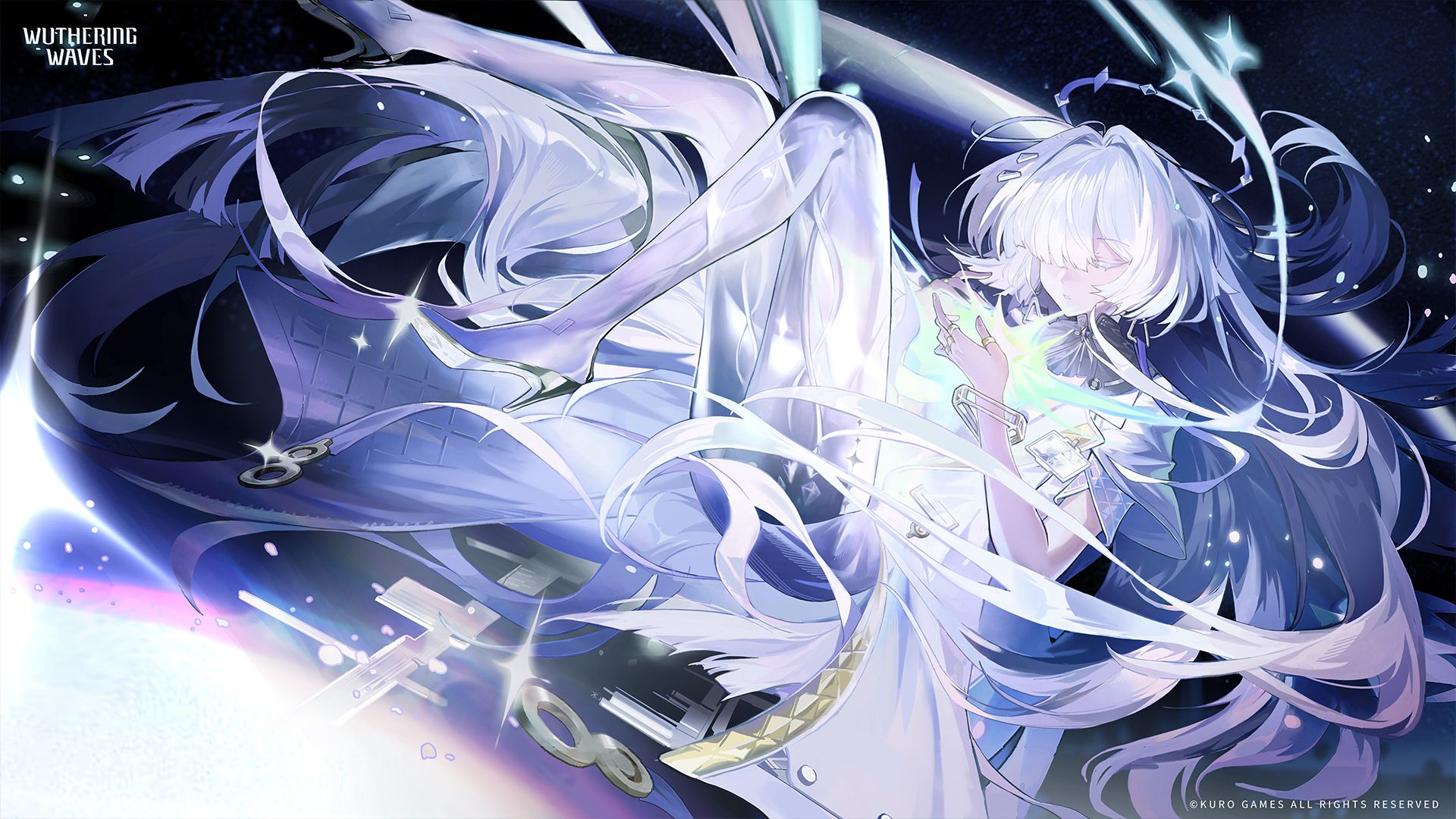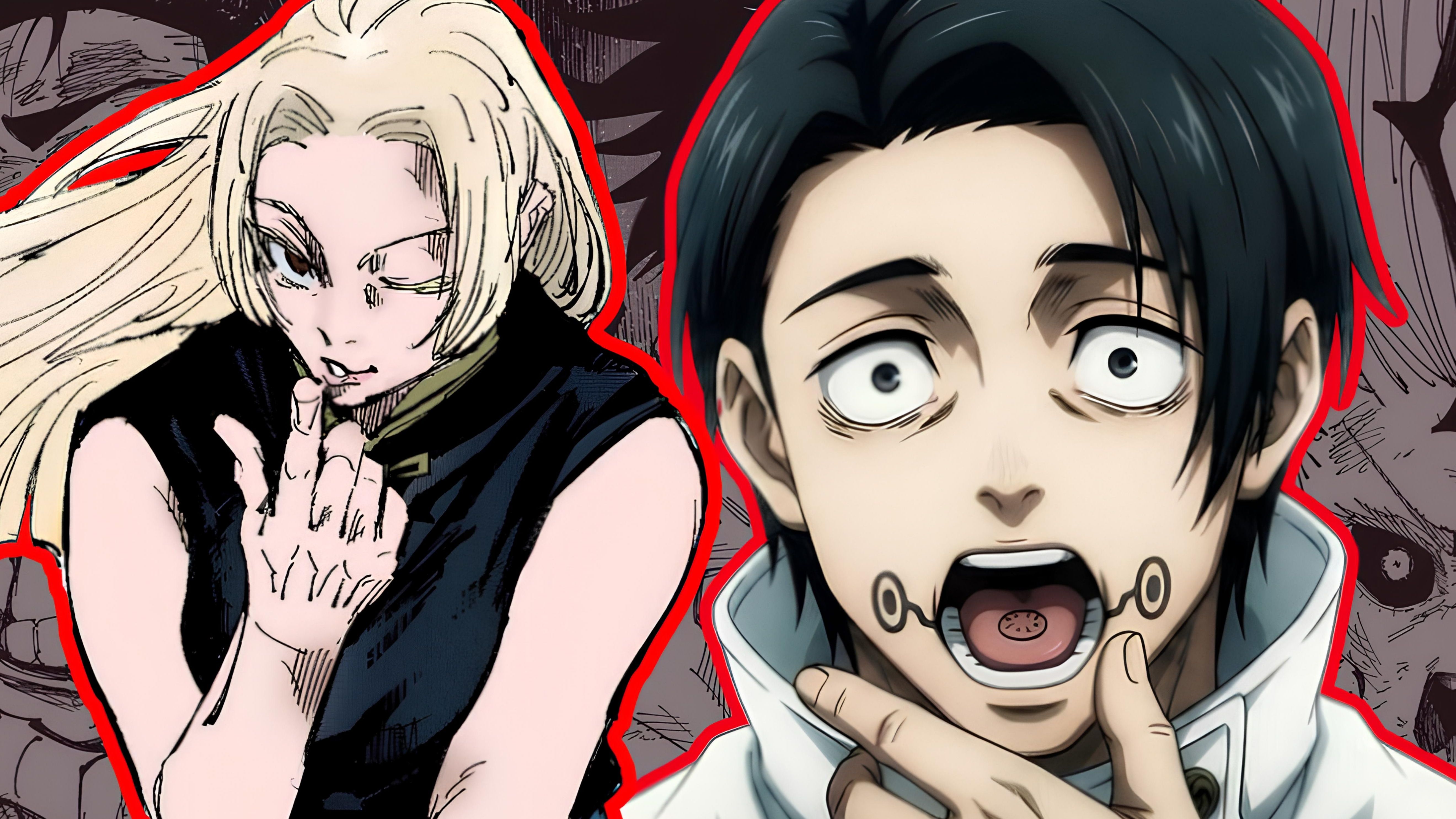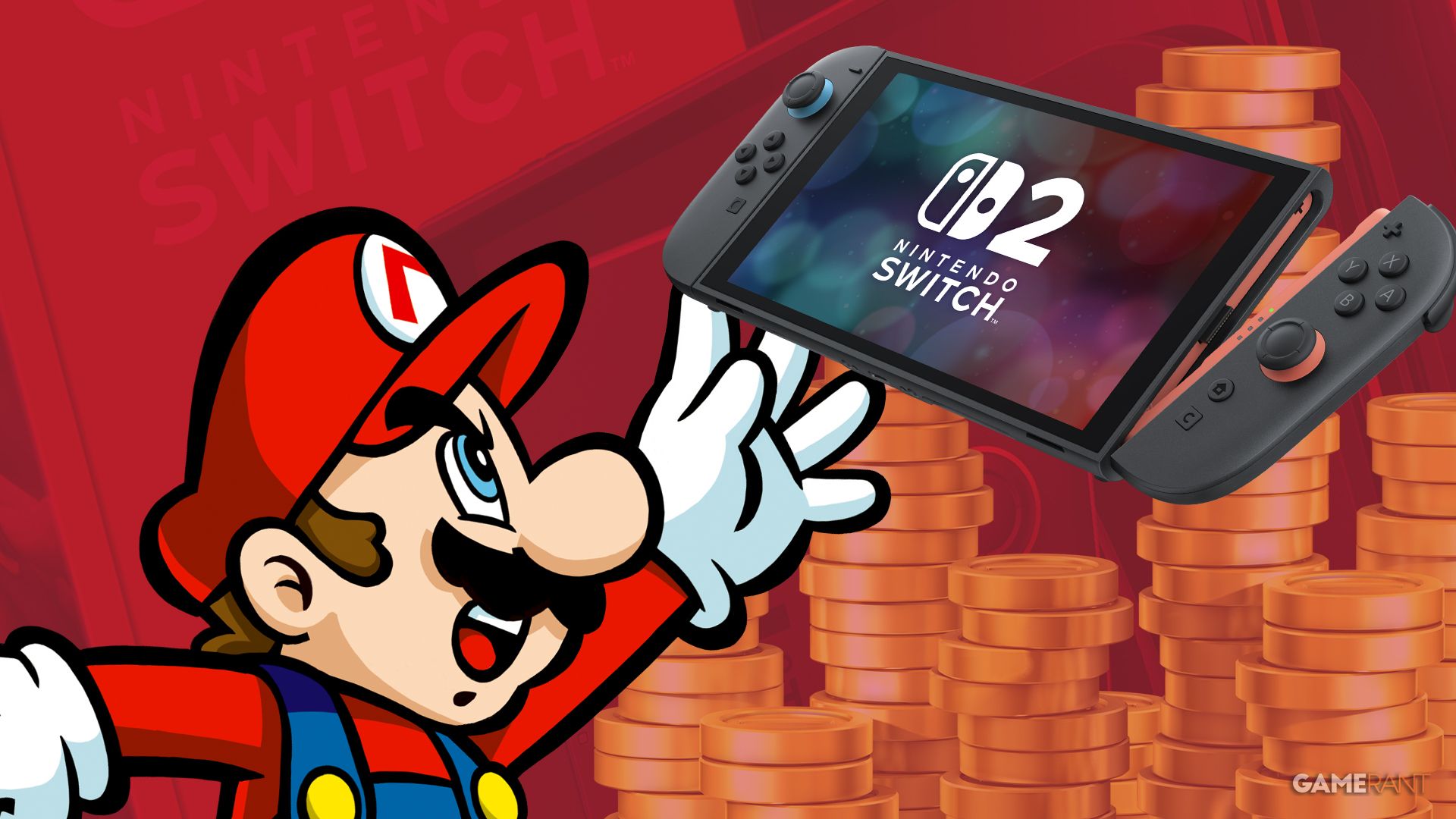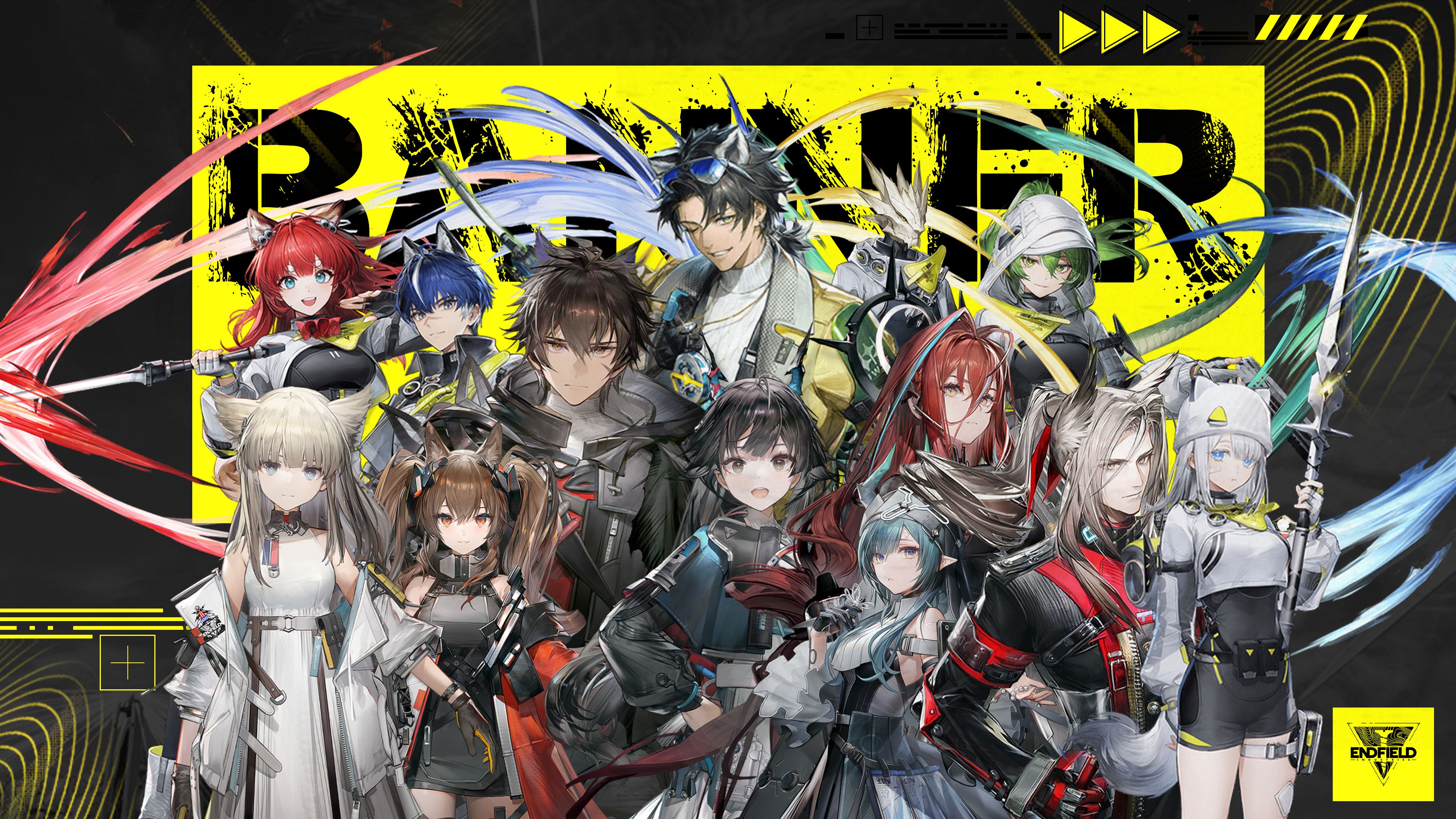World of Warcraft: Midnight’s Pre-Expansion Update Has a Hidden Surprise for Warriors
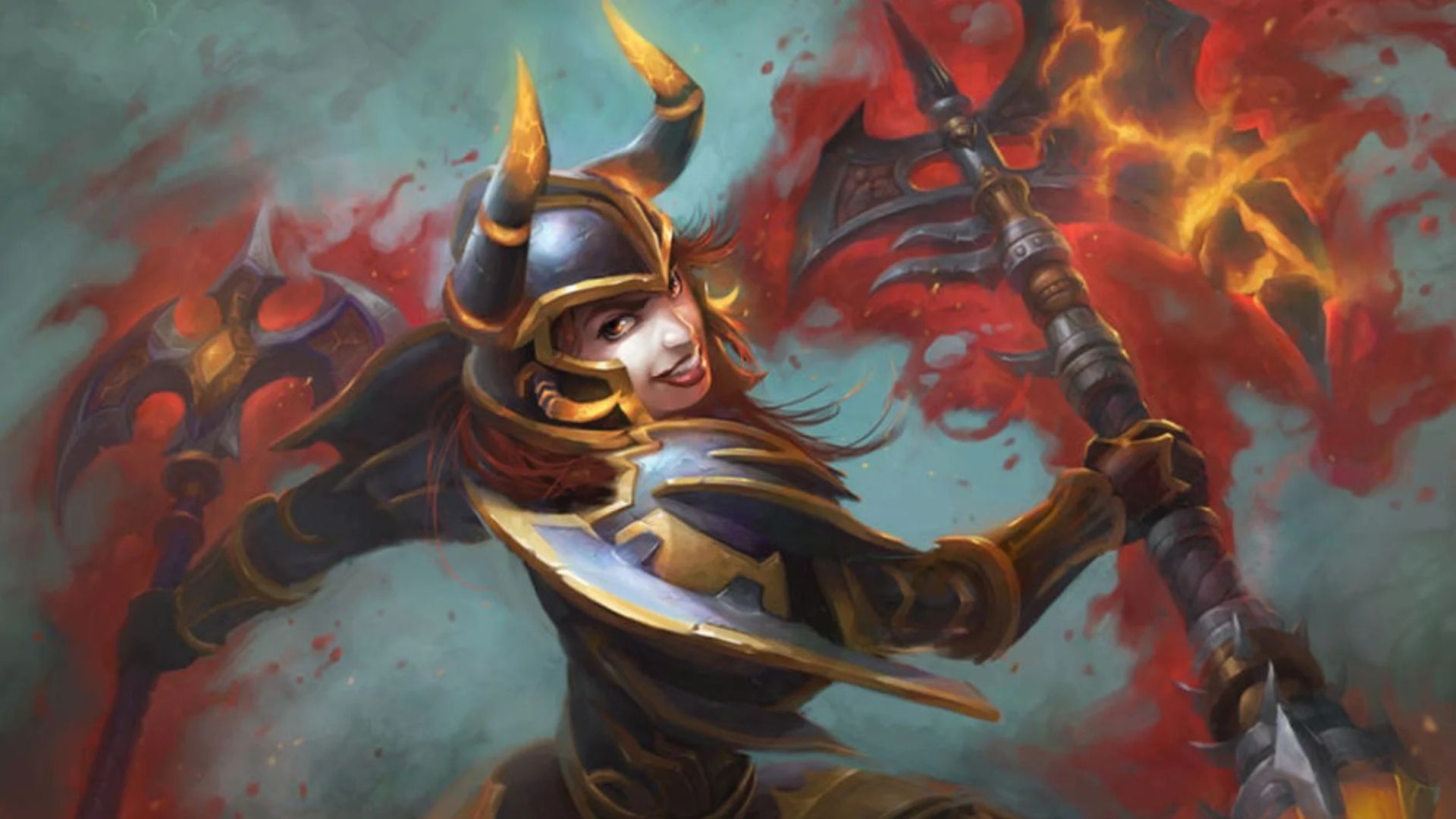
For many World of Warcraft players, collecting cosmetic appearances – or ‘transmog’ – is the most engaging part of the game, and weapons are a key component. However, some classes face challenges with weapon transmogs because of how their specializations work. Take Fury Warriors, for instance. They have a talent called Titan’s Grip that lets them use two-handed weapons as if they were one-handed. Previously, if a player wanted to make their weapon look like a one-handed weapon, they had to choose a talent called Single-Minded Fury, which meant sacrificing some of their damage output.
